This post may contain affiliate links, view our disclosure policy.
I understand that beginning a meal prep routine can be extremely overwhelming, which is pretty ironic considering meal prep is meant to make your life easier! Whether you’re planning and prepping meals for yourself or your entire family, use these 14 Meal Prep Best Practices to make meal prep easier. It’s my hope that these ideas and suggestions help you create simple, delicious and diverse dishes and snacks for the busy week ahead.
My Favorite Meal Prep Best Practices:
-
Make a complete grocery list.
Nothing is worse than aimlessly wandering the grocery aisles, trying to remember each item you came for. And with a week’s worth of food prepping ahead, it’s nearly impossible to get everything you need (and the right amount of each item) without following a list. Plan for breakfasts, lunches, dinners and snacks, and maybe the occasional sweet treat.
-
Print recipes in advance to help you plan.
One of my favorite meal prep best practices is to print recipes in advance. To do this, I like to set aside 2-3 of my favorite cookbooks, and using post-it notes, I will go through and mark the recipes for the week that I plan to use. If I’m pulling recipes from online, I will print out each one with the ingredient lists in advance to help me plan out my grocery list. One of my must have cookbooks is my personal favorite, Skinny Suppers!
-
On prep day, make a plan and multitask.
If you’re using a slow cooker, start with it first. While it’s cooking, you can begin any baking or stove top heating, then cutting fruits and veggies or building salads. With a plan, you should spend about 2-3 hours preparing the bulk of your meals. Setting one day a week to spend time planning and prepping is my favorite meal prep best practice.
-
Meal Prep Best Practices: Don’t try to make it all.
Especially for dinners, meal prepping may only consist of doing what you can to get ready to make a recipe later in the week. Some foods don’t store well together, so it may be wise to cook your meat and prepare other ingredients without cooking a full recipe ahead. And this isn’t cheating! This process is simply meant to make mealtime easier, and prepping ingredients does just that.
-
Use muffin tins to create single servings.
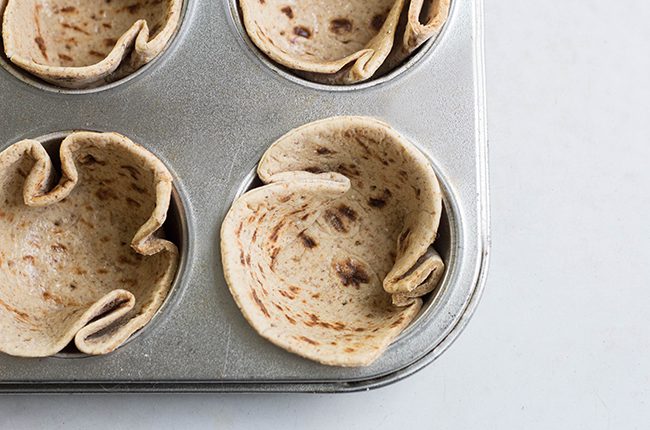
-
Use Mason jars for salads and oatmeals.
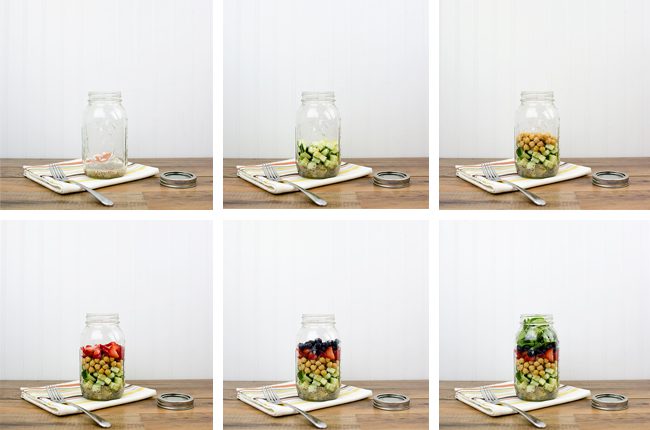
-
Prepare fruits and veggies in advance.
Another one of my favorite great meal prep best practices is to cut up fresh fruits and veggies as soon as I can after I go to the grocery store. When you’ve got ready-to-eat healthy fruits and vegetables in the fridge, you’re much more likely to eat them than if they required on-the-spot cutting. And if you’re roasting your veggies, don’t waste time cooking them individually. Put fast-cooking foods like tomatoes, asparagus and mushrooms on the same pan and cook them simultaneously. Do the same for slow-cooking vegetables like carrots, potatoes, onions and cauliflower.
-
Use different seasonings for meats and poultry.
If you’re hesitant to commit to weekly meal preps because you don’t want to eat the same boring food every day, switch it up by using a variety of seasonings on your lean protein options. Seasoning your chicken and poultry in different ways produces completely different flavors, so even if you plan to pack chicken for every lunch, no meal will taste the same.
-
Invest in a spiralizer.
Your vegetables can double as noodles by using an easy (and seriously cool) spiralizer. Zoodles are all the rage right now and can be stored in the refrigerator for up to five days after being chopped. Creating vegetable noodle dishes is yet another way to eat healthier foods and they can be served raw or cooked for even more meal options. Prep them for this tasty Zoodles recipe!
-
Put your slow cooker to work.
To stress this again, your slow cooker can help you prep full dinners or cook the base of your recipes — so use it! Cook your meat in large portions and store it in the fridge or freezer to be used later. Try making some of my favorite slow cooker recipes like Slow Cooker Pepperoni and Chicken, Slow Cooker Pork Tacos, and Slow Cooker Cashew Chicken
-
Meal Prep Best Practices: Don’t forget snacks!
After preparing all these healthy foods for your family, don’t ruin your hard work by buying pre-made, high-fat snacks. Many snacks can be completely prepared in advance and stored in single serving bags or containers. Some of my favorites include Peanut Butter Banana Oatmeal Bars and Roasted Pumpkin Seeds.
-
Buy in bulk, then portion yourself.
For popular snacks like almonds or nuts, pretzels, dips or veggies, tossing handfuls into a plastic bag tempts you to eat the entire bag in one sitting. Instead of participating in this unconscious eating, buy large portions of these snacks and measure them ahead of time. Smart snacking would be placing a quarter cup of almonds in a plastic bag or container; then you’re free to eat them all and still feel satisfied. They’re also great for grab and go!
-
Buy smart containers.
Prepping a week’s worth of meals in advance is great, but how will you store it all safely? The majority of your prepped items will need to be refrigerated, so make sure it’s cleaned out and organized with ample space available. But the key to puzzling in all your dishes is storing them in good quality containers. I’ve linked up some of my favorites for you to check out – I especially love the deep glass baking set.
-
Know your ‘best by’ dates.
Don’t let your prep work be for not by letting your food spoil! Check out Food Safety’s guidelines for safely storing both cooked and uncooked meat, dairy and produce. This allows you to make the most of your meals by allowing less waste. It may take a few weeks to figure out how much to buy and prepare for your family, but once you master it you should use nearly all of your prepped food.
I would love to hear some of your favorite meal prep best practices! Comment below or leave me a message on social media.
XOXO,
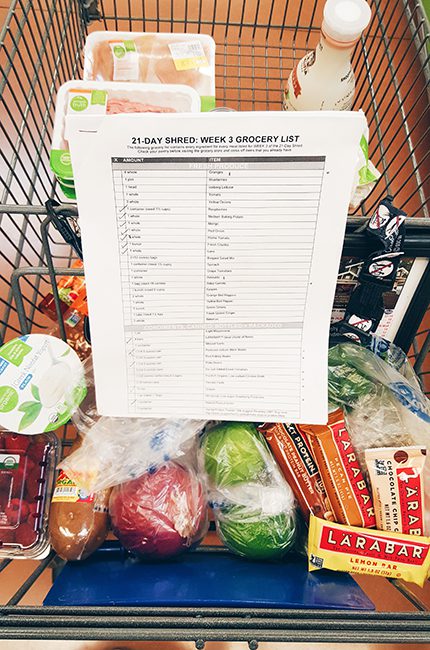
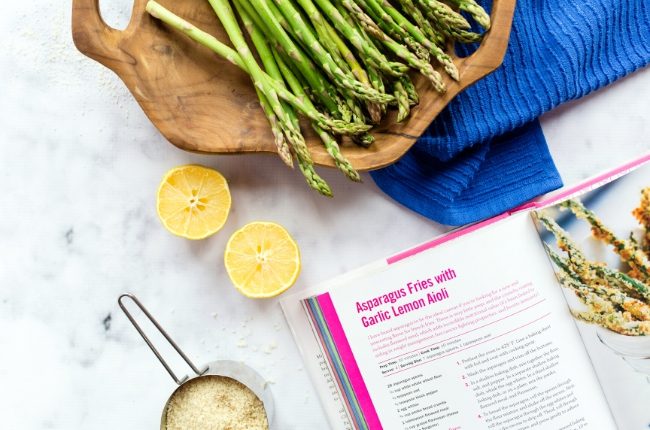
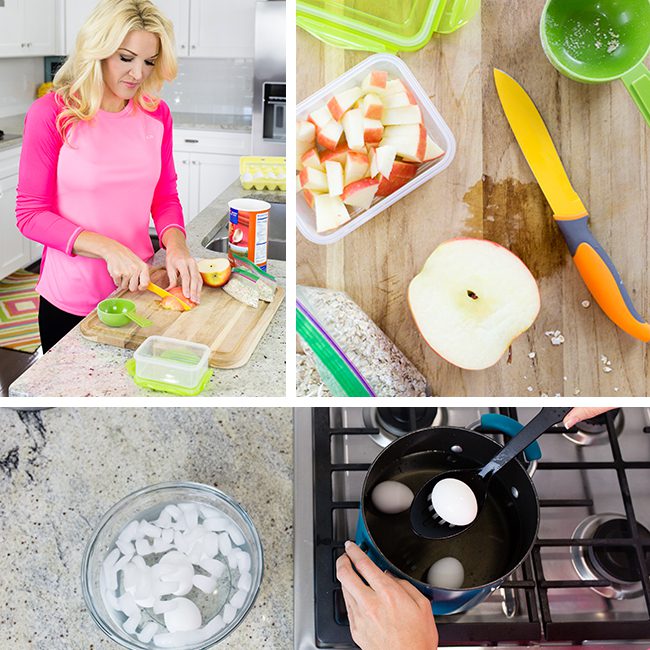
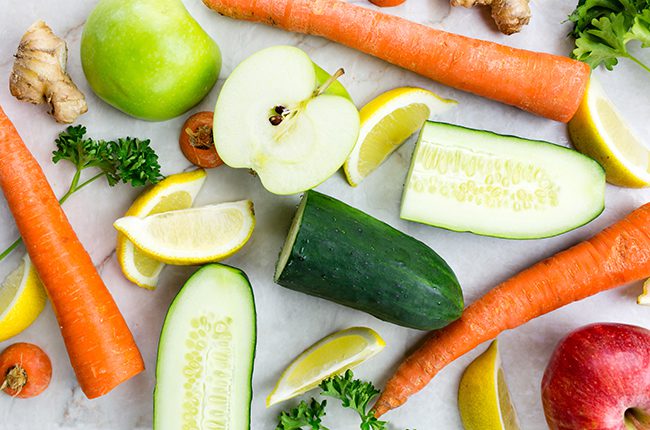
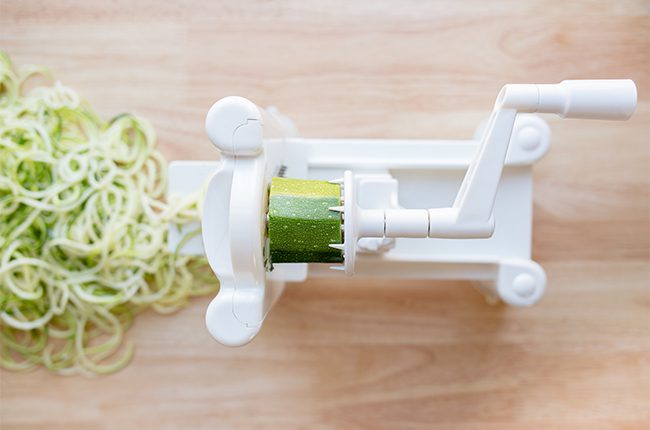
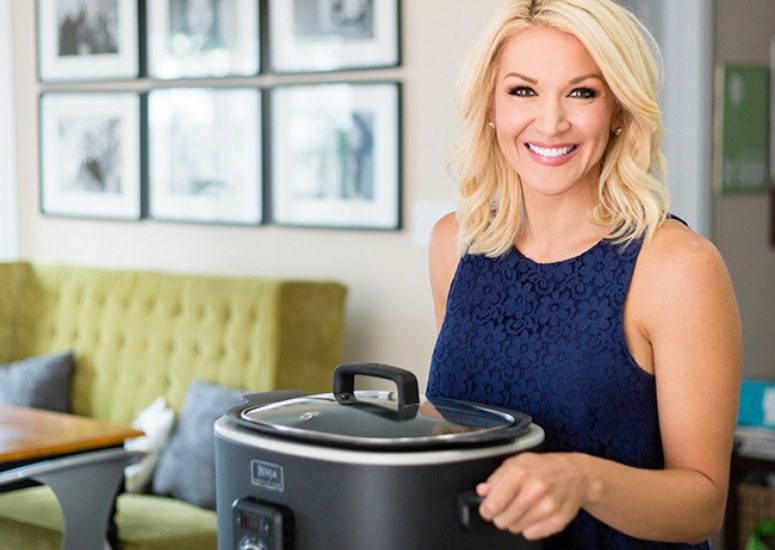
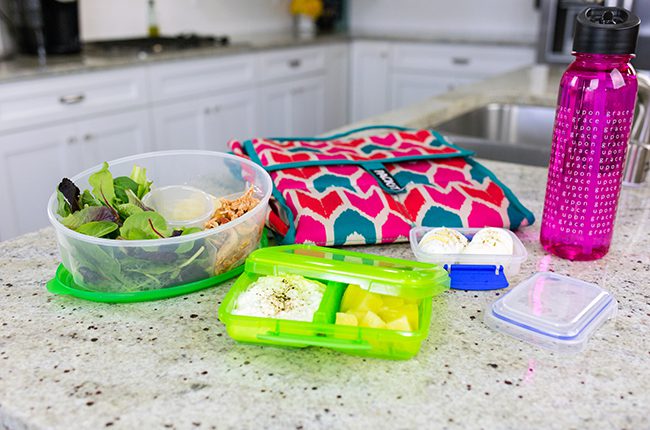

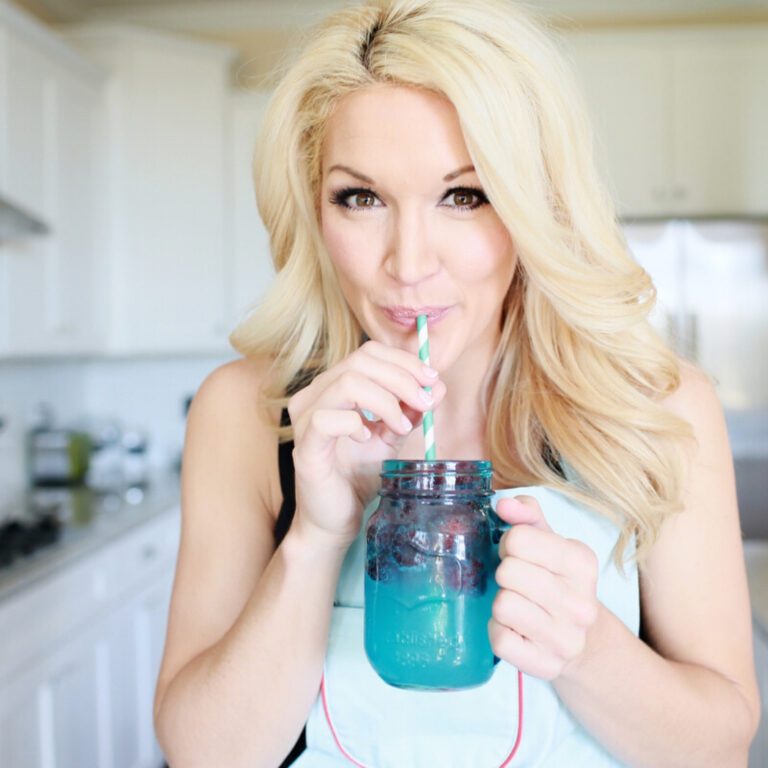
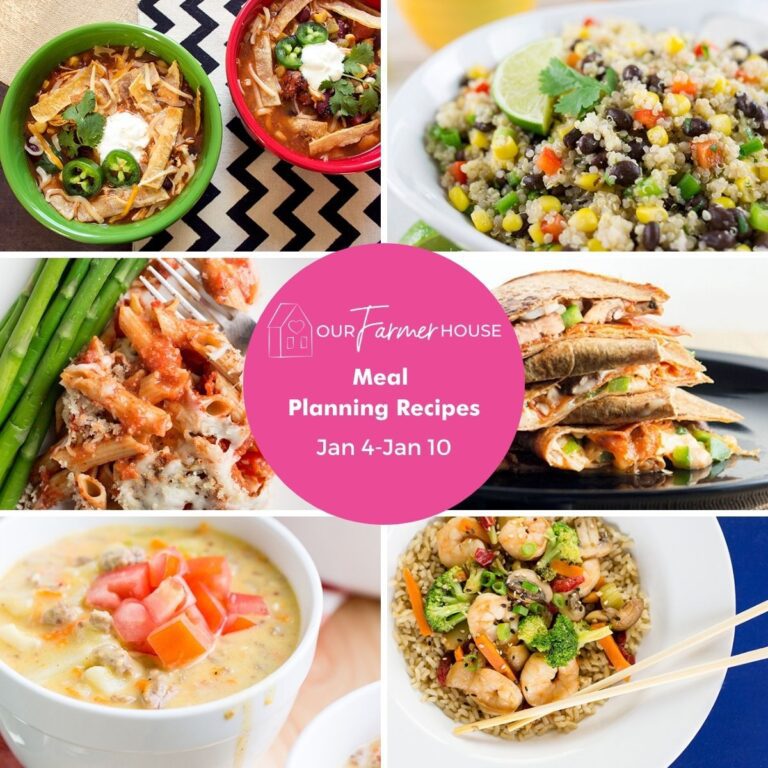

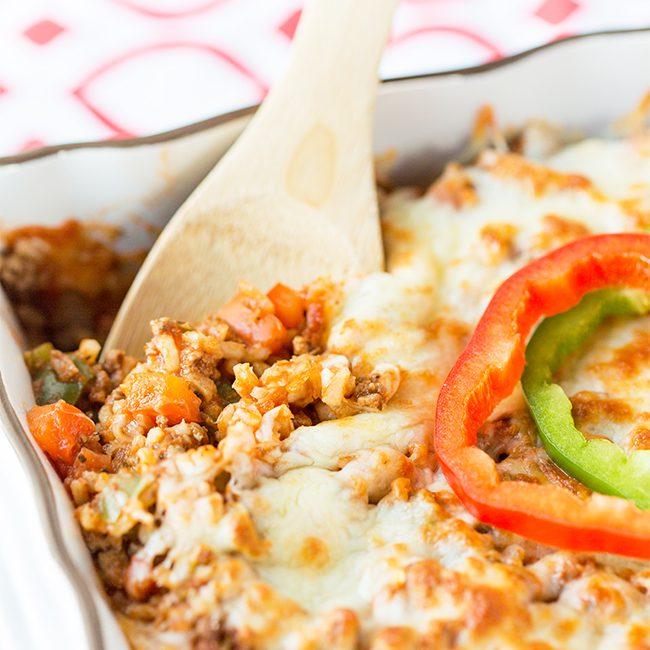
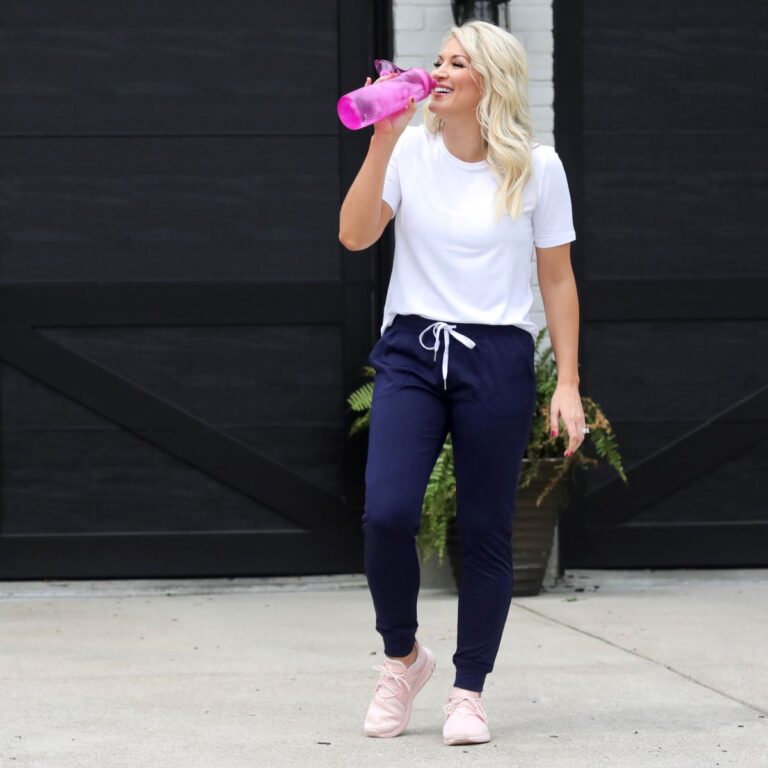
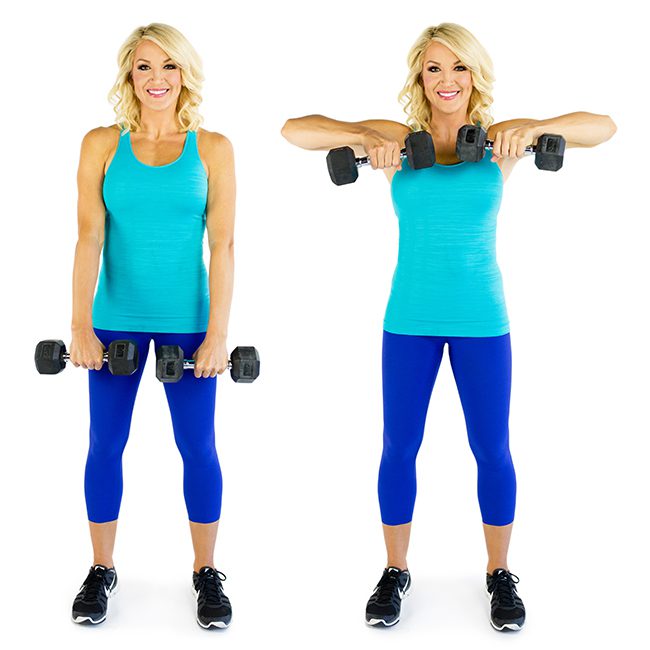

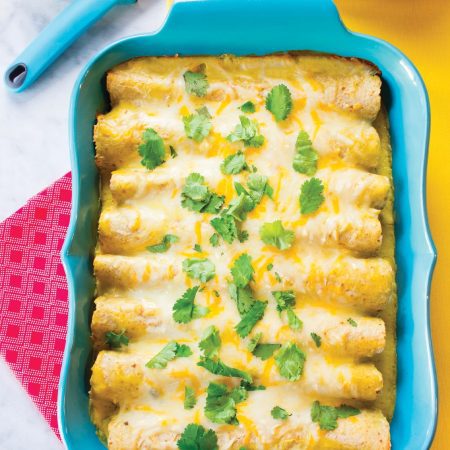

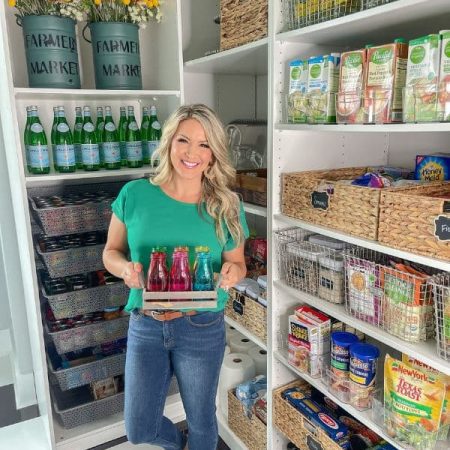
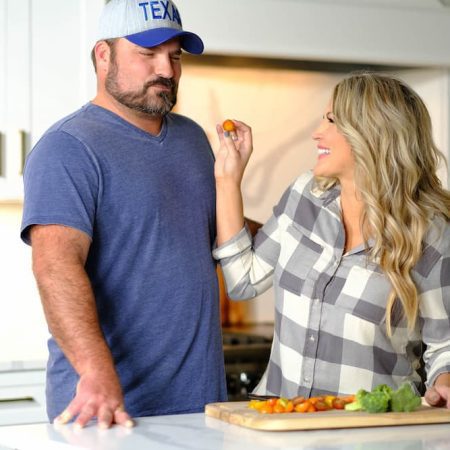








Stay Connected!
I love comments from you, so feel free to leave your thoughts and let’s chat more below! You can also follow the Farmers on your favorite social platform!
Join The
Farmer House Family
Subscribe to our weekly newsletter for exclusive content offers and access – just like family.